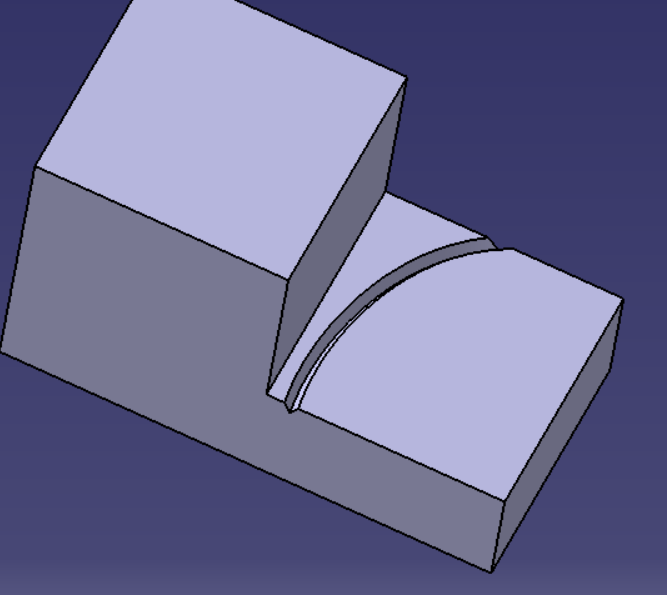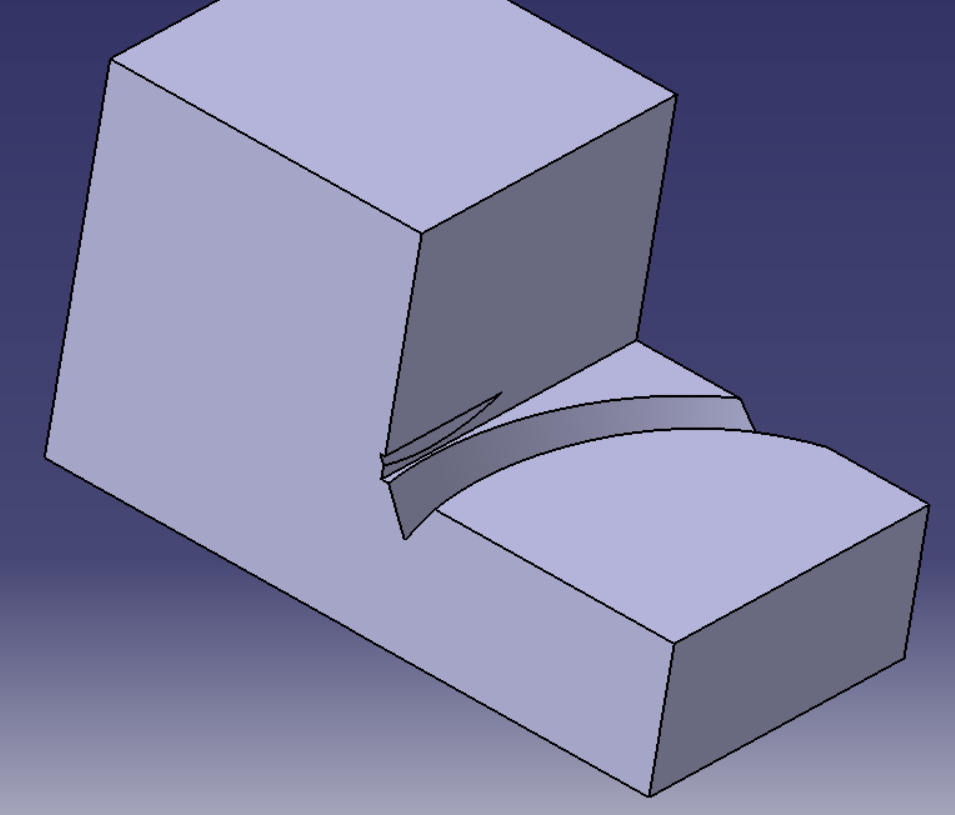Design for Manufacturing: Oversizing Clearances for Large Cutters
This article examines why you should preferentially design parts for large cutter use.
Cutter size is determined by both the tolerance and the shape that must be cut. Design engineers should consider using the largest cutter size permissible by the design. If possible, a minor redesign should be accomplished to use larger cutters.
Larger cutter size carries several benefits. Larger cutters tend to be more rugged and suffer from less breakage. Larger cutters are less likely to suffer from vibration, chatter, and tool deflection throughout the cutting process. Large cutters also remove material faster and with more efficient use of machine horsepower.
Additionally, higher-quality materials are often available for larger cutter sizes. To use larger cutters, design engineers must design parts to have larger clearances. These clearances are necessary for the tool's movement throughout its path. Larger cutters must use a wider movement zone to complete their programmed path.


Key points:
(a) Preferentially design parts to use large cutters.
(b) Ensure that adequate clearance exists for large cutter tool paths.
(c) Use carbide insert cutters when available in larger cutters
(d) Avoid changing out cutters when possible to minimize retooling time
Implementation of this idea promotes faster machining speed, less overhead costs from power consumption and labor, and fewer product variation-related rejections from vibration and chatter.





Member discussion